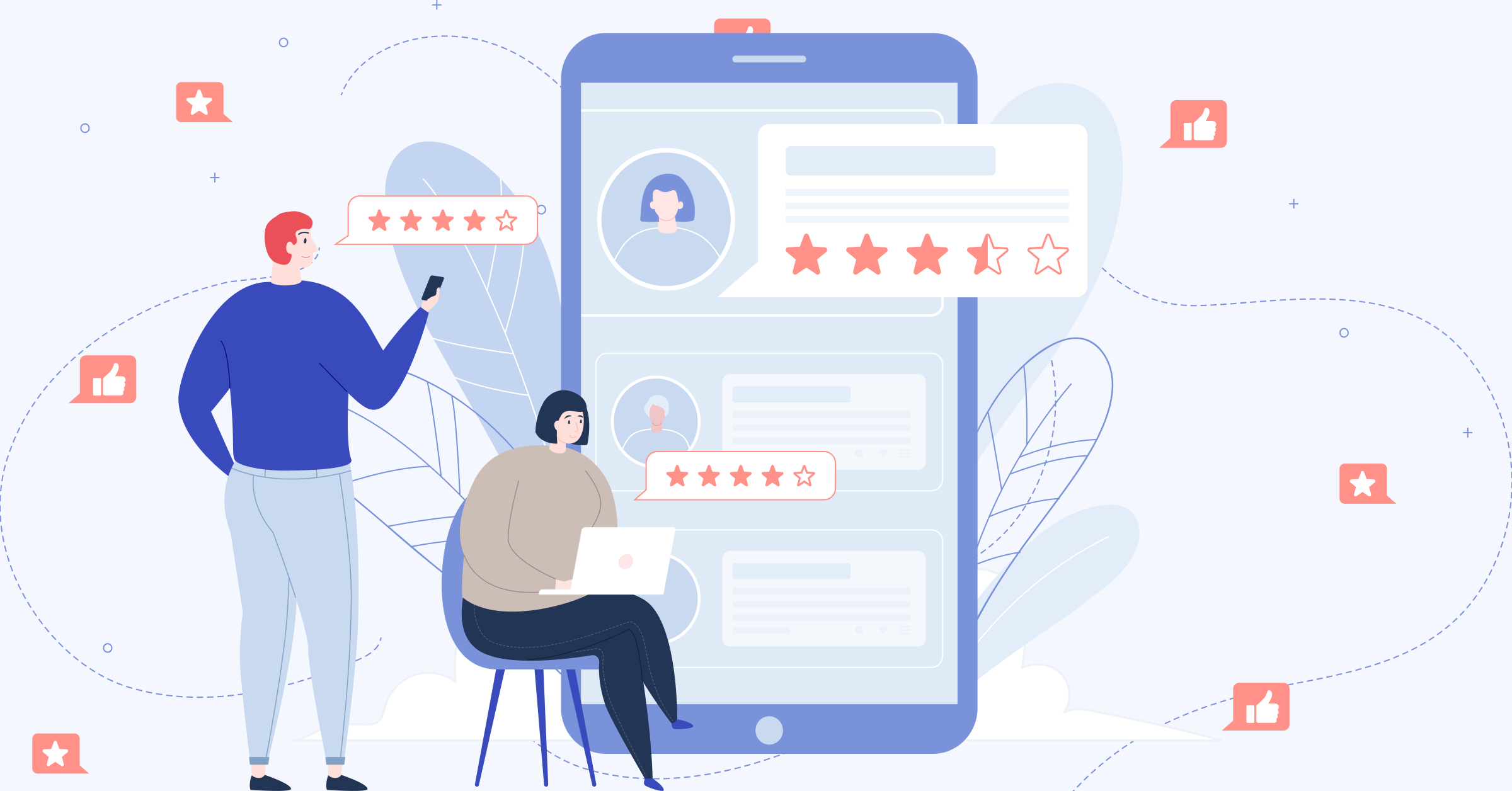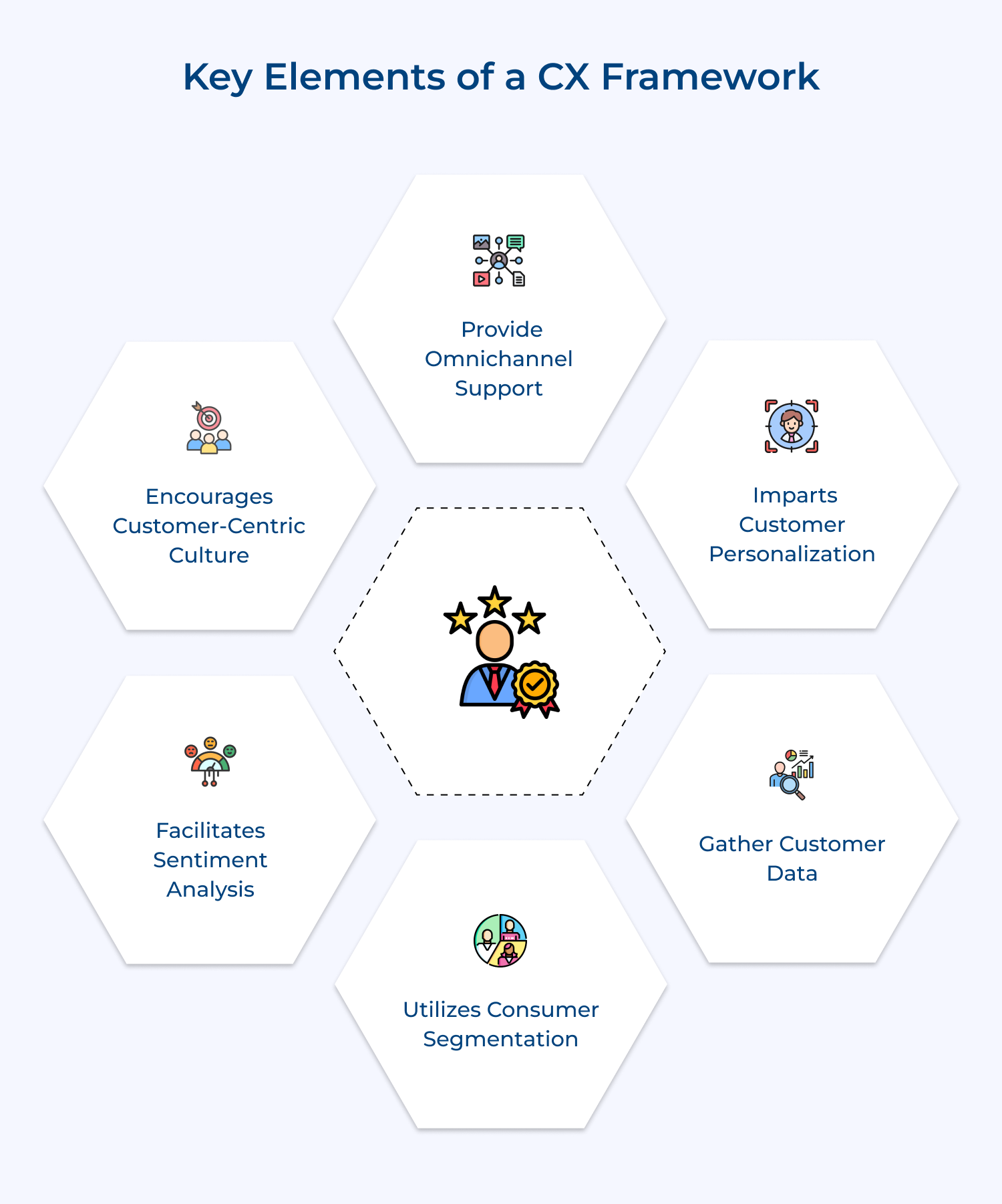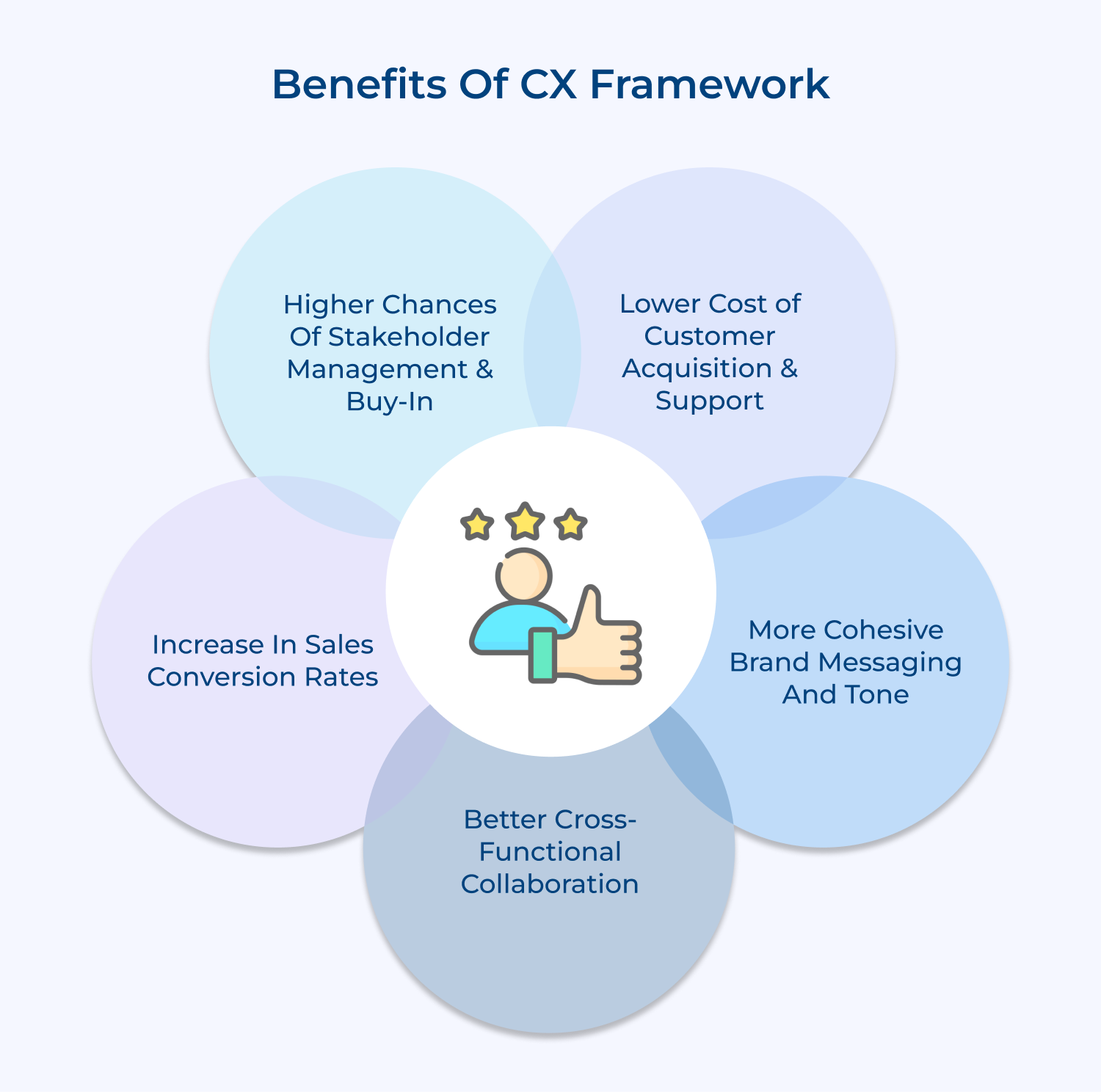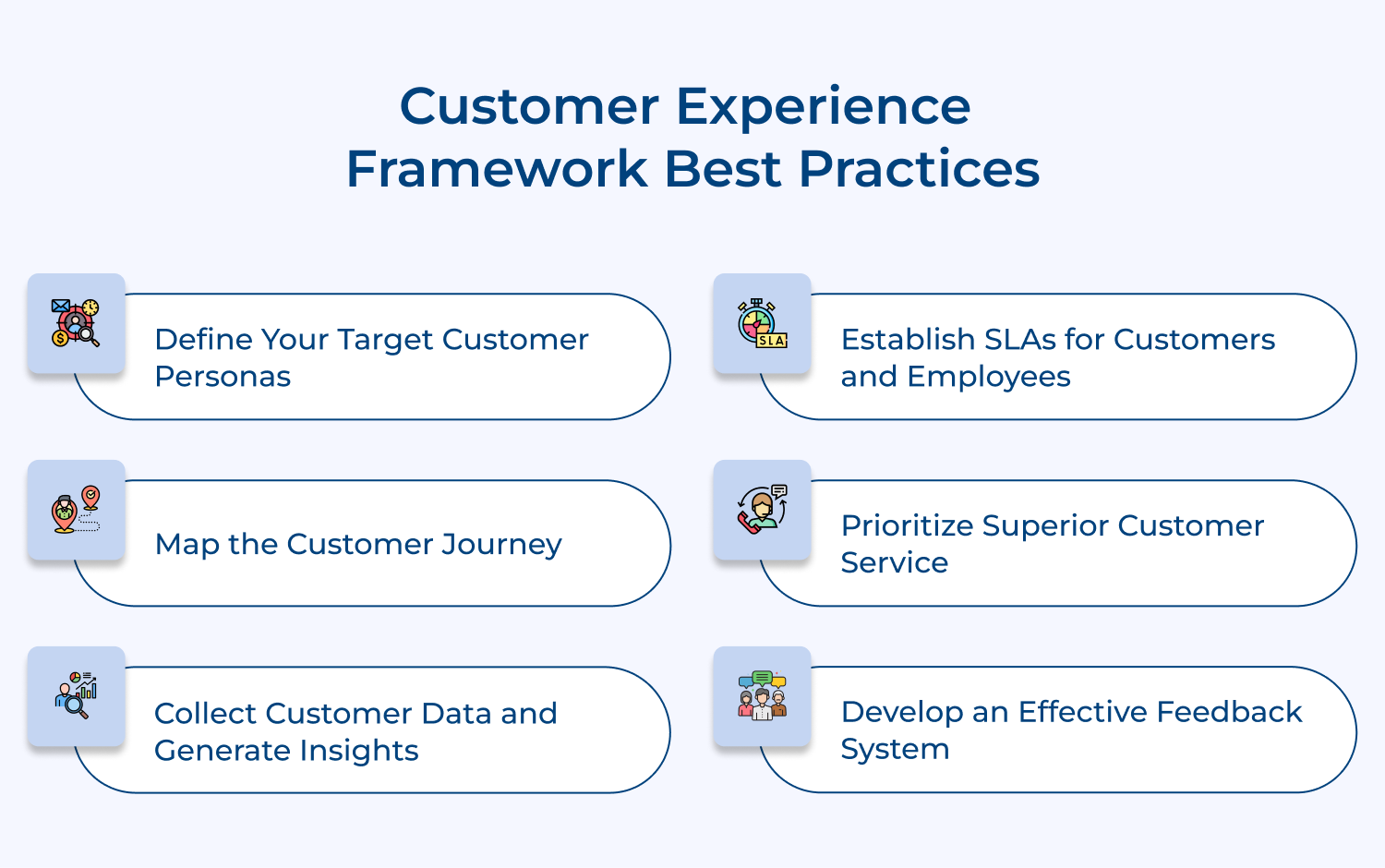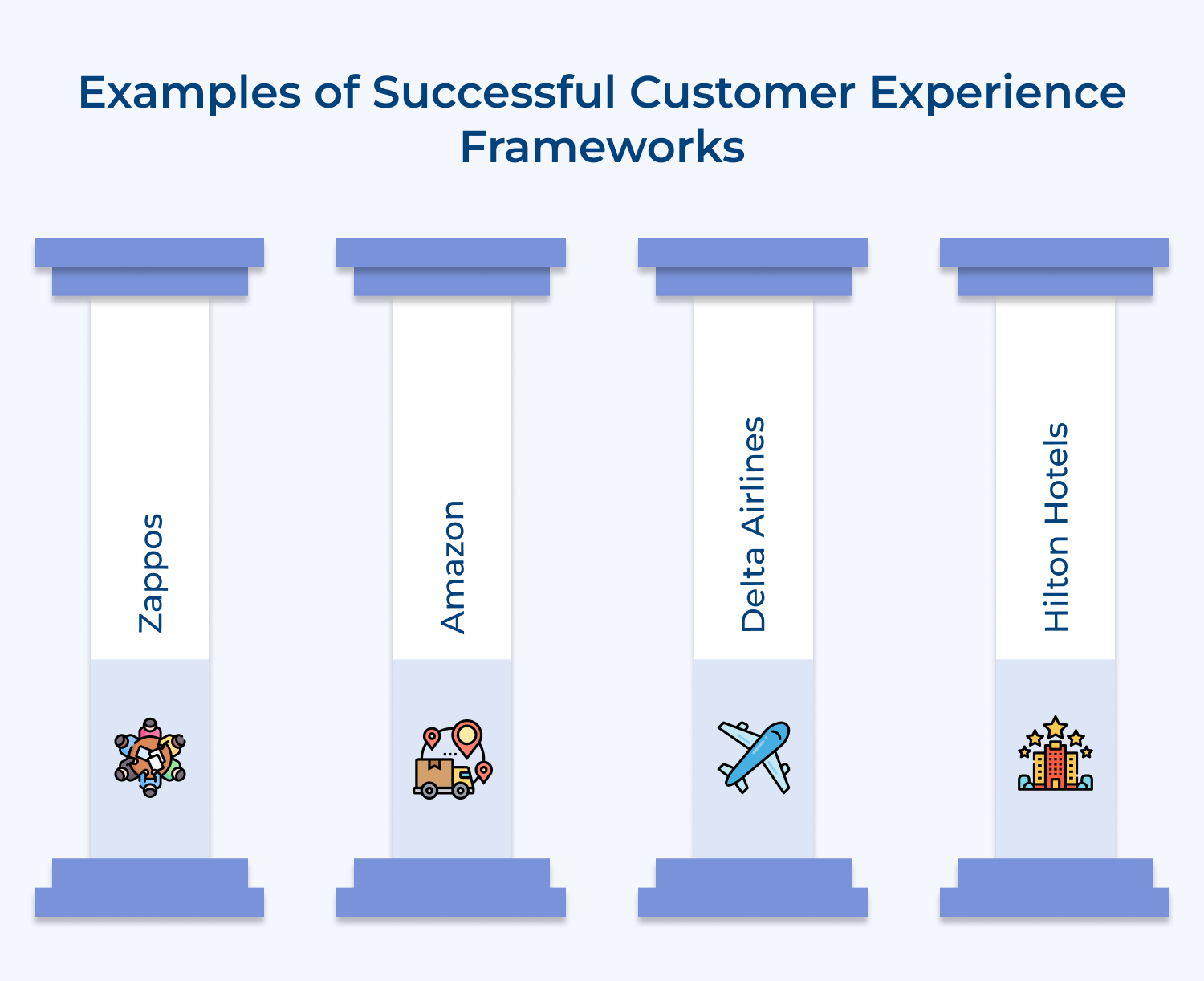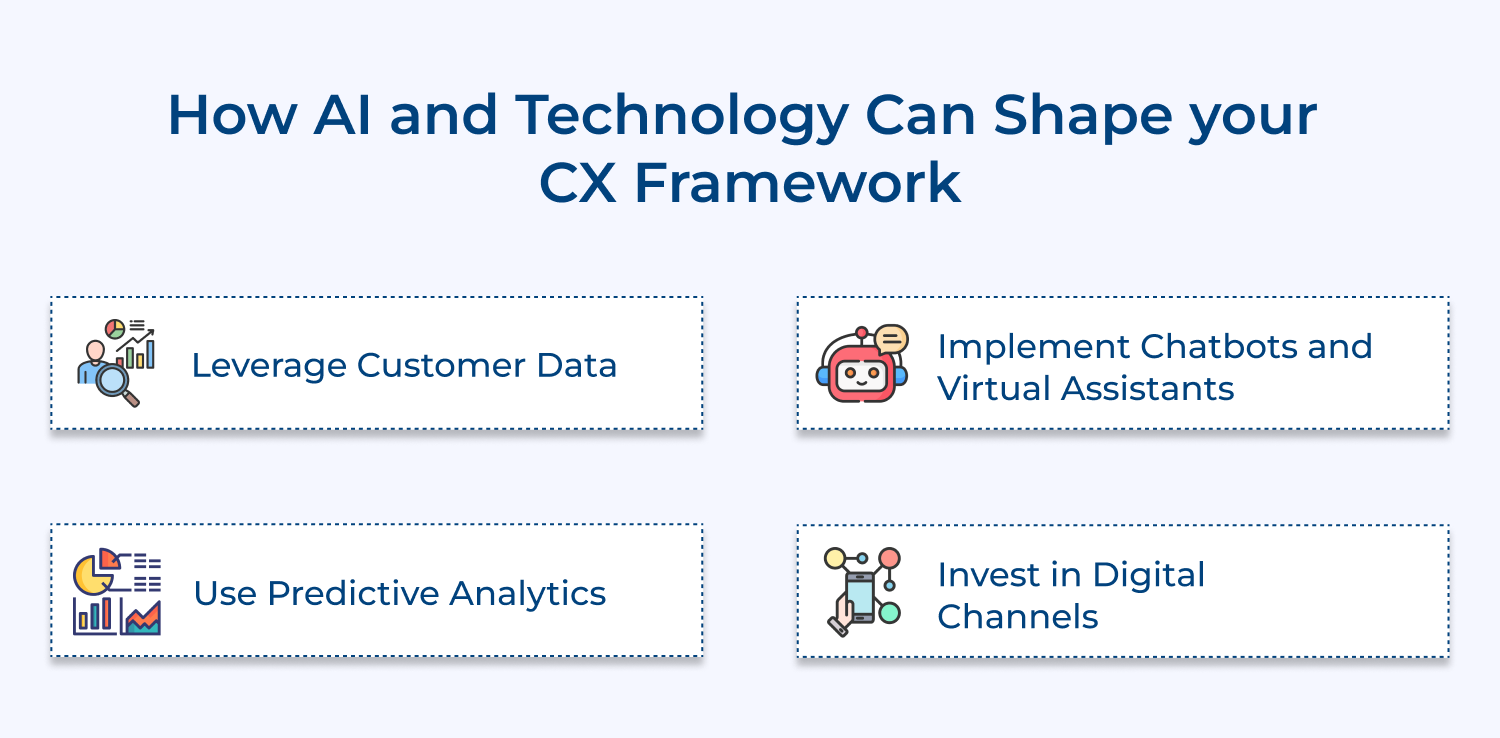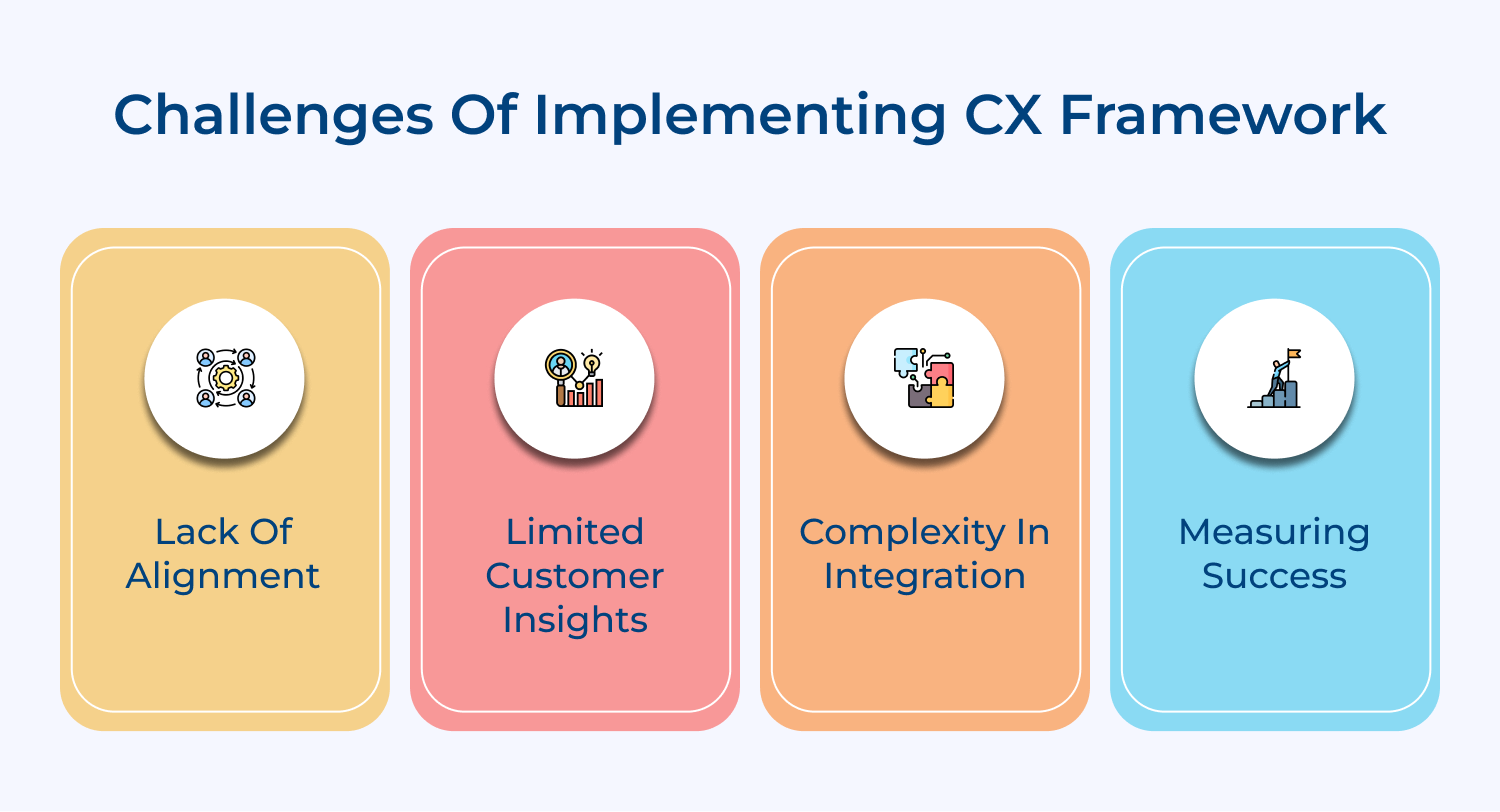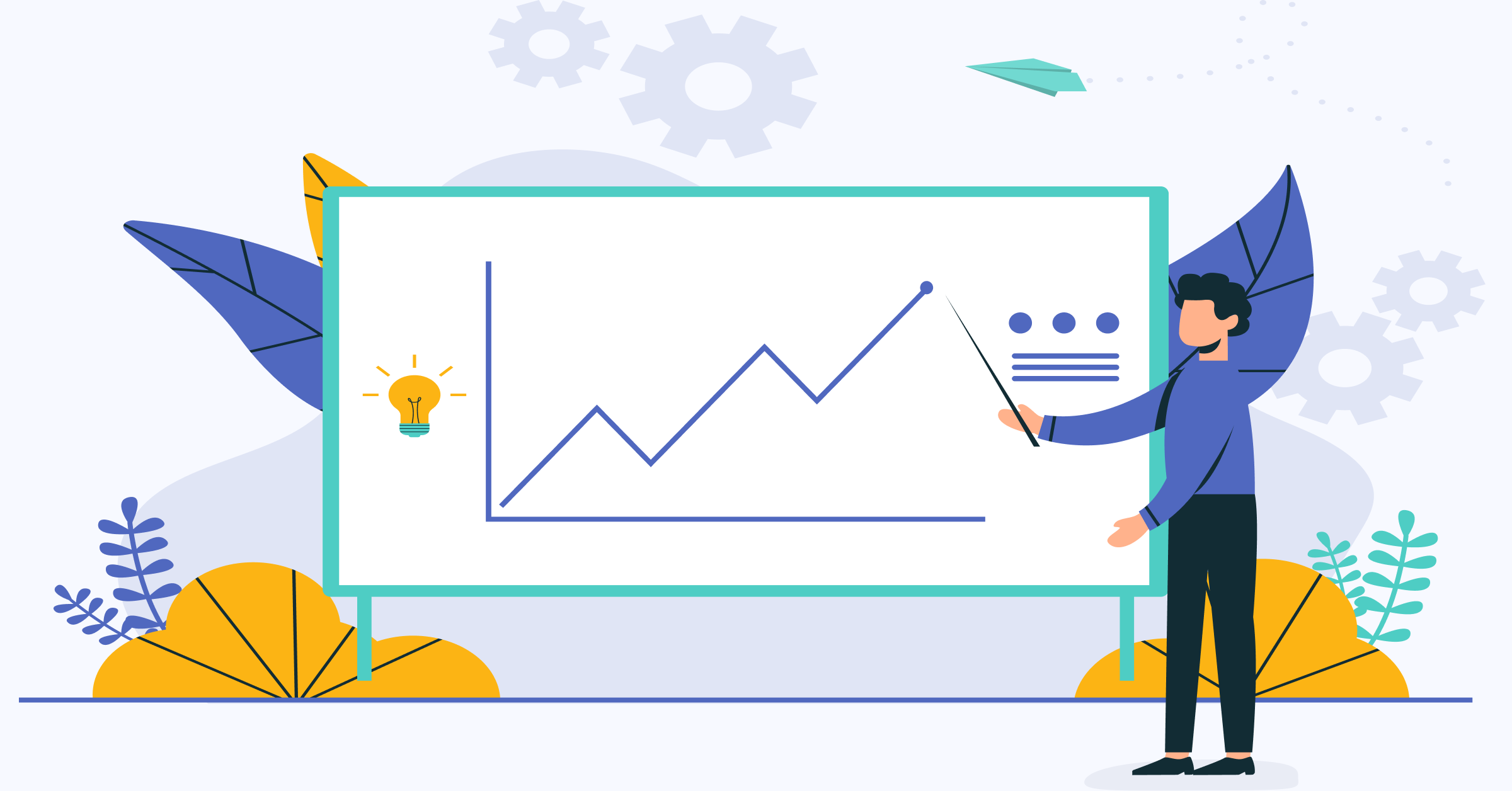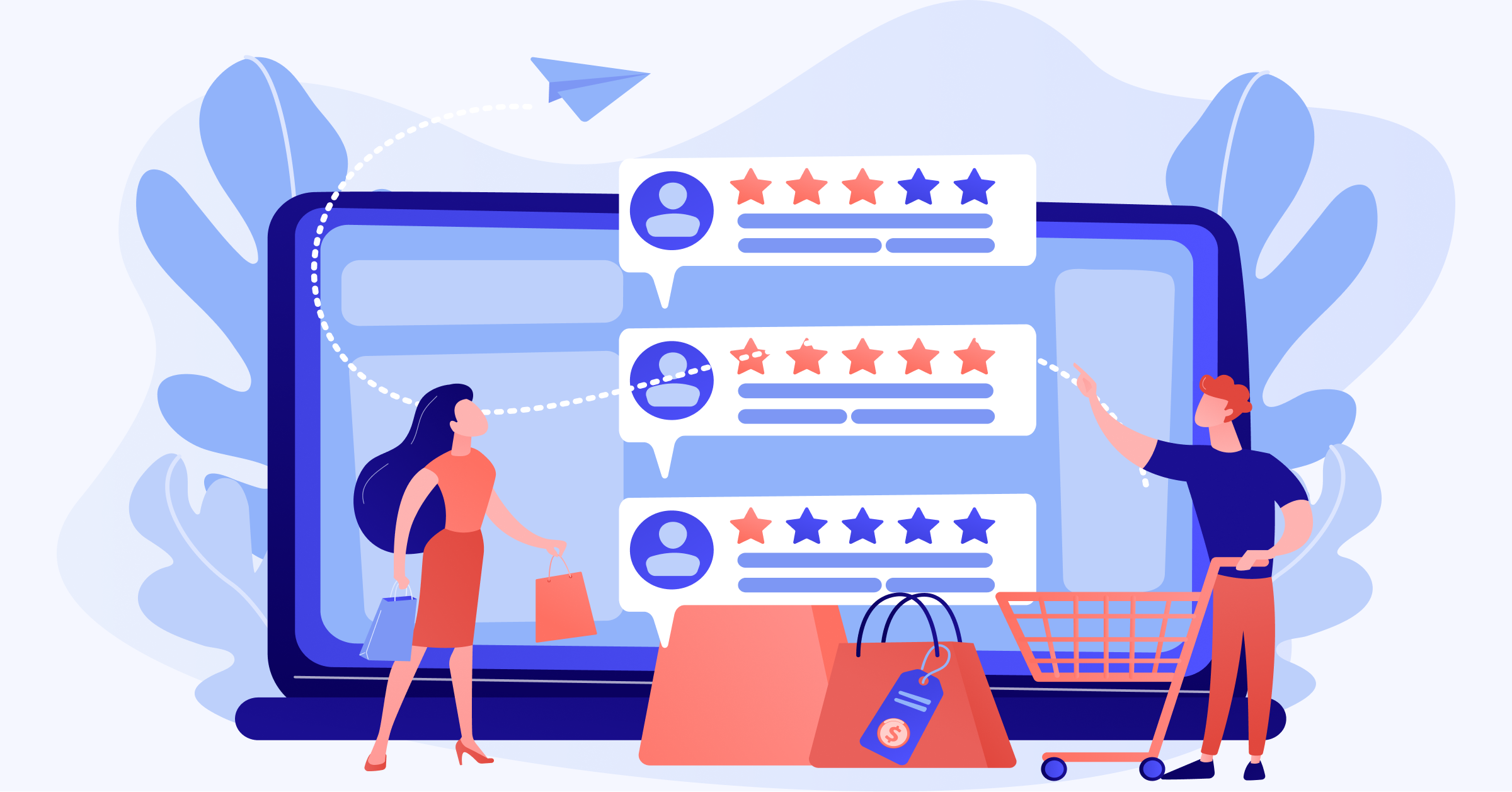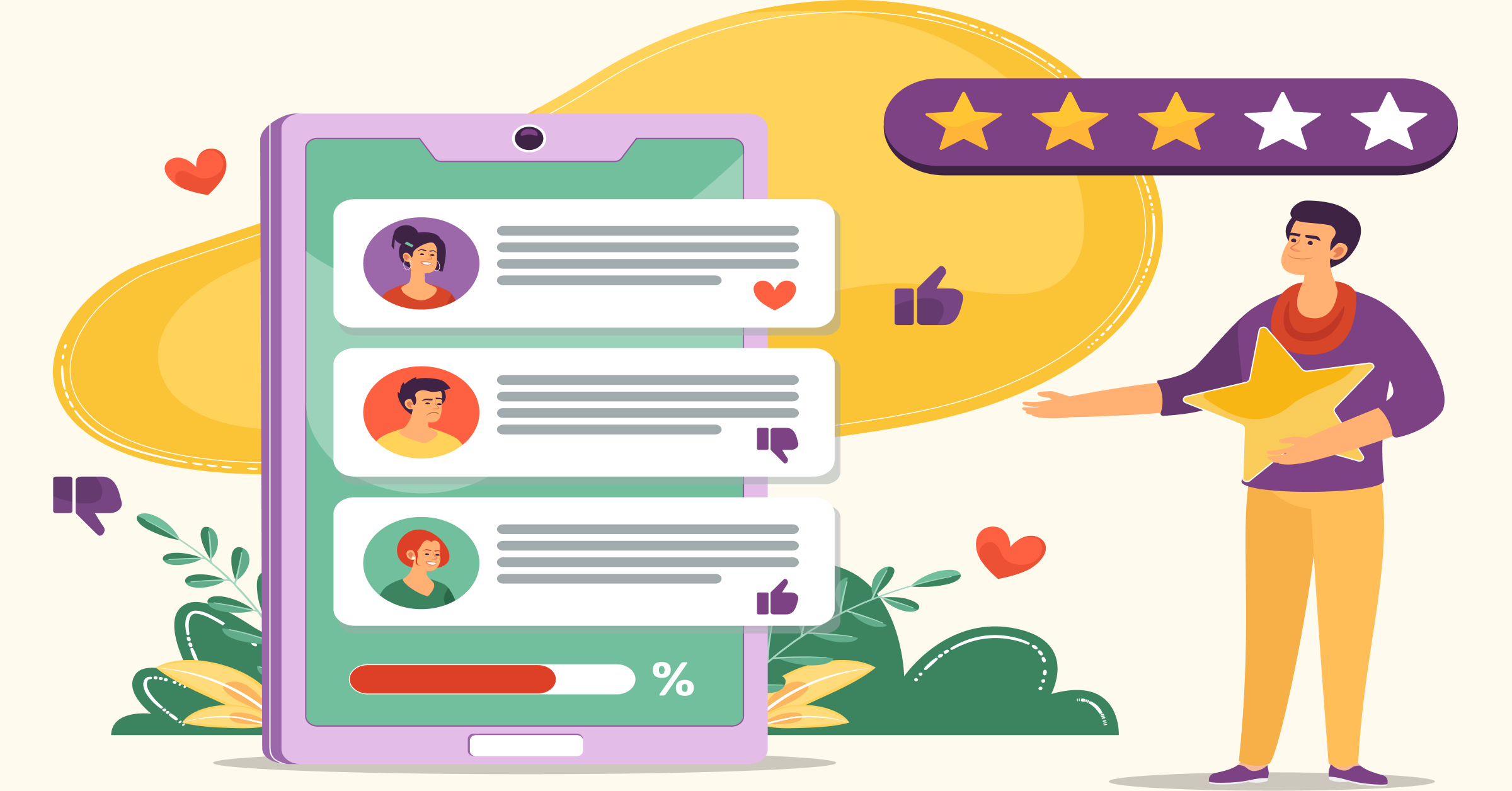1. Define Your Target Customer Personas
While developing a customer experience framework, it is important to define your target customer personas.
Defining target personas involves creating detailed profiles of the ideal customers that you want to attract and serve. By understanding their specific needs, you can personalize your products, services and marketing efforts to meet their expectations.
Actionable tips on how to define your target customer personas:
- Conduct customer segmentation: Use data analysis & research to identify common characteristics and behaviors among your existing customer base.
- Develop empathy: Put yourself in your customers’ shoes and consider their pain points. It will help you create personas that accurately reflect their needs and desires, leading to more effective personalized experiences.
2. Map the Customer Journey
Mapping the customer journey is an essential process in improving customer experience.
The process of mapping the customer journey involves identifying each persona, understanding their goals, recording their actions and collecting data to generate insights.
Actionable tips that can be applied while mapping the customer journey:
- Identify each persona to gain a better understanding of their goals and experiences.
- Record actions and pain points to see where improvements can be made across customer journeys.
- Collect customer data to generate insights that can inform decision-making.
3. Collect Customer Data and Generate Insights
Customer data can be obtained from various channels, including social media, email, website analytics and sales records. It’s essential to analyze this data to create customer personas that allow for audience segmentation and personalization of marketing campaigns.
Given the volume of customer data generated, AI-driven platforms can help in processing customer data and generating real-time insights.
Actionable tips to help you collect customer data more effectively:
- Use surveys to gather feedback from customers on their preferences, experiences and pain points.
- Track customer behavior across various channels including social media, email and website engagement to gain a holistic view of customer interactions with your brand.
4. Establish SLAs for Customers and Employees
Service Level Agreements (SLAs) are agreements that define expectations for both customers and employees, outlining how those expectations will be met and measured.
SLAs are crucial in the context of customer experience management as they provide clear metrics for success and help ensure that customers & employees are on the same page about what to expect from each other.
Actionable tips to establish SLAs for both customers and employees alike:
- Identify relevant metrics to measure by focusing on key areas of concern for both customers & employees such as response time, issue resolution time or customer satisfaction scores.
- Determine how often SLAs should be reviewed, updated and communicated to both parties to ensure that they remain relevant and effective over time.
- Prioritize transparency and communication in setting SLAs, involving both customers & employees in the process.
5. Prioritize Superior Customer Service
Prioritizing superior customer service can help businesses stand out in a crowded market and build a loyal customer base. Tracking customer interactions can help businesses identify trends and make adjustments to improve their customer service offerings over time.
Actionable tips to provide superior customer service:
- Offer convenient customer service that is accessible 24/7 through various channels, including a live chat feature. It ensures that customers can easily reach out for support at any time and via their preferred method of communication.
- Collect feedback from your customers and follow up with them to ensure their satisfaction. It shows customers that their opinions are valued and helps businesses to address any issues promptly.
- Train your customer service team to provide effective solutions. Well-trained customer service reps can handle customer queries efficiently and with empathy, creating a positive experience for customers.
6. Develop an Effective Feedback System
Developing an effective feedback system is crucial for any business to improve its customer experience framework. It allows companies to understand their customers better and make data-driven decisions to enhance their satisfaction.
Generating feedback helps identify areas of improvement, making it easier to develop strategies that address the pain points of customers.
Actionable tips to develop an effective feedback system:
- Identify key touchpoints: Develop an effective feedback system to identify and map out the key touchpoints that customers have with your business.
- Create a feedback form or survey: An effective feedback form or sample customer satisfaction survey is essential for gathering customer feedback. It’s important to create a survey that’s easy to complete, with simple and direct questions that specifically target the issues you want to address.
- Offer incentives: Offering incentives to customers in exchange for providing feedback is an effective way to increase the response rate. It can be in the form of a discount, freebies or exclusive access to new products or services.
Examples of Successful Customer Experience Frameworks
A successful CX framework is a dynamic process that continuously adapts to changing customer needs and market trends.
Here are four great customer experience framework examples that have shown success in various industries.
